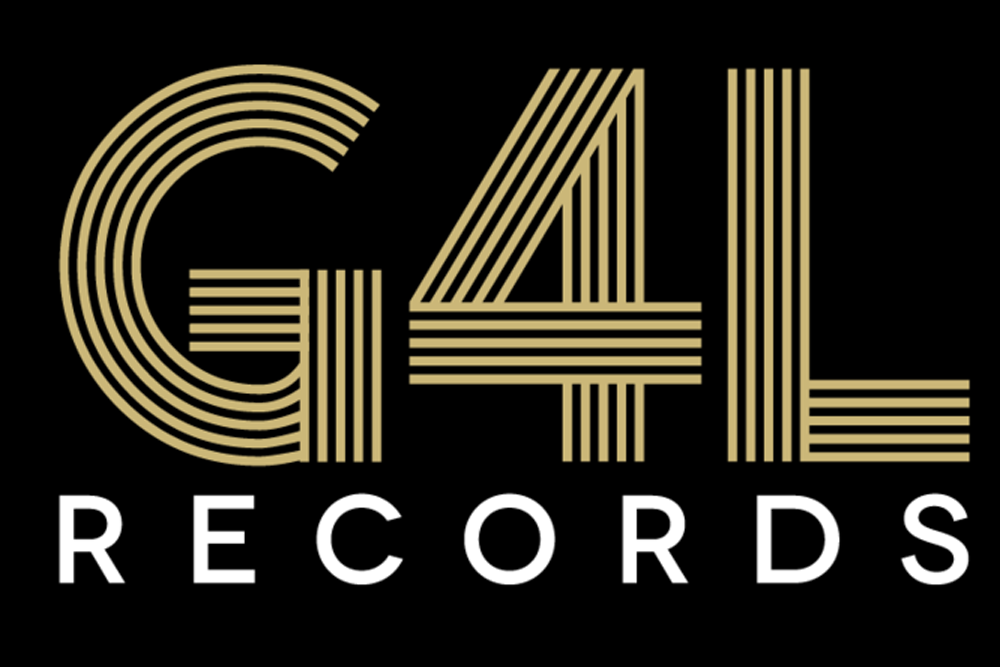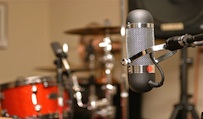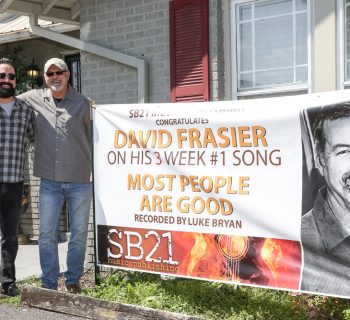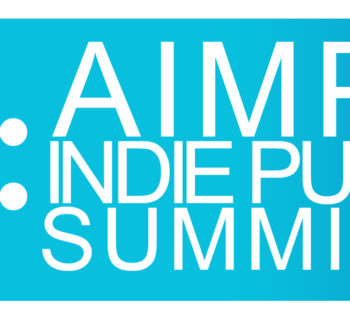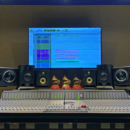Over the past few years, streaming has clearly established itself as the top music delivery mechanism of choice. During that same period, urban music has also become more prevalent and has dominated many of the streaming charts.
A recent quick look at the Billboard chart for top streaming songs evidenced this, showing 90 percent urban songs, with “God’s Plan” by Drake topping the chart at No. 1. The only non-urban song in the top 10 was “Perfect” by Ed Sheeran. Even on The Hot 100 singles chart, six out of the top 10 songs were urban upon last check.
Depending on your focus in music, this can be good or bad news.
Previously, the charts were predominantly dominated by pop, followed by rock and country music. But as streaming services such as Spotify, Amazon and Apple Music gained strength, the charts began to tell a different story. Now that streaming is how the majority of music is consumed, it is easy to look at the music industry as a whole and feel like the general public’s interest has shifted in favor of urban music.
But is that true? Have our tastes in music changed? Have the masses adopted new listening habits? Will this trend continue? The answers might be simpler than you think.
Not so long ago, you either bought music for your own personal collection (on vinyl, CD or downloaded through services like iTunes), or you listened to what was on the radio.
When smartphones emerged, younger generations were the first to truly move away from their computers and turn to their phone as their primary source of music. Thus, the earliest adopters to streaming were the younger generations, who transitioned from ripping and downloading music.
In fact, last year, one-third of young people, ages 16 - 24, actually paid for premium music services, a number far above those willing to do so in other age brackets.
Of course, these young users utilize the streaming services to listen to their music of choice, which is most often urban music. Unlike radio, what plays on streaming channels is influenced by both user-generated and digital services-generated playlists. These playlists clearly show the younger generation’s preference for urban. Since they’re the majority of users, this ultimately skews the charts in favor of the genre.
While there’s no arguing that streaming has grown immensely, the fact is that this medium is still in its infancy today. A vast majority of listeners streaming are currently under 35. This leaves a large segment of the population still using more traditional music sources.
If you look at Amazon’s 50 Most Played Songs, which is updated weekly, you’ll see a completely different story compared to other digital services’ streaming charts. At last look, only one urban song was in the top 10. In fact, 20 percent of the chart was country music and the top song was pop-rock hit “Believer” by Imagine Dragons.
Clearly, urban is far from dominating Amazon’s most popular list. So, what’s the difference?
It’s as simple as recognizing who is using the delivery mechanism, and Amazon is attracting a broader demographic than the other streaming services, which are heavily used by youth on mobile devices.
As more and more people adopt streaming, they will search for and listen to their favorite genres, just like the young, early adopters did with urban music. As more users with more diverse tastes turn to streaming and the opportunity it presents to individually choose their music, it appears that the genres with the most growth potential are, interestingly, country and Christian.
According to Nielsen Music, country music accounted for 11.5 percent of all albums and track-equivalent albums sold in the United States during the first half of 2017, but it made up only 5.6 percent of total on-demand streams. This highlights a huge growth opportunity for those in these genres if and when their listeners convert to streaming.
Of course, there will still be a longer ripple effect for urban music in the years to come, as those who begin streaming later will likely be influenced by the current charts. As Ice-T once said when asked about his surprising interest in rock and metal music: “If you don’t like reggae, but you work at a Jamaican restaurant, eventually you will pick up songs that you like.”
So what can you do as an artist, songwriter or producer to prepare for the continued growth and potential within streaming?
For starters, acknowledge this fundamental shift in how people consume music. But also resist the temptation to adjust by creating music that isn’t in your heart. It’s great to bridge into other genres if you have a legitimate interest there, but know that even if your genre isn’t topping the streaming charts today, that fact could soon change.
With the continued shift to streaming, album sales are also dropping as people focus more on specific songs, rather than downloading and listening to an entire album. For some, this may be a welcome opportunity to tell a short story through a single song. For others, it might be viewed as an opportunity to create a quadruple album to game the charts.
The new reality is that listeners are no longer limited to listen to the half a dozen pop stations, two country stations and one Christian station that make up their FM dial. They can now seek out and listen to exactly what they want.
In the end, authentic music will prevail. So, stay true to what moves you to create and tell that story. More than ever, there’s an audience out there who wants to hear it.
ALEX HEICHE is the CEO and founder of Sound Royalties, a company working to transform the way that music professionals fund their creativity. See soundroyalties.com.


